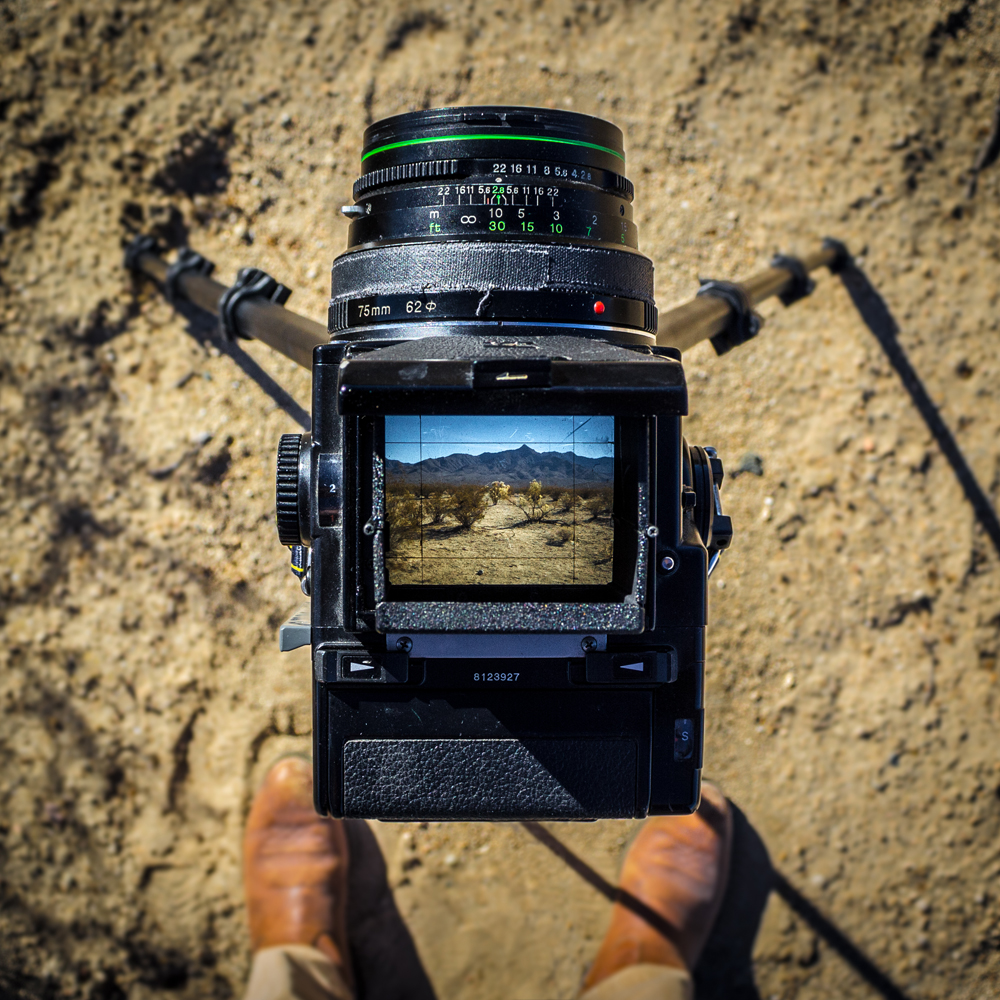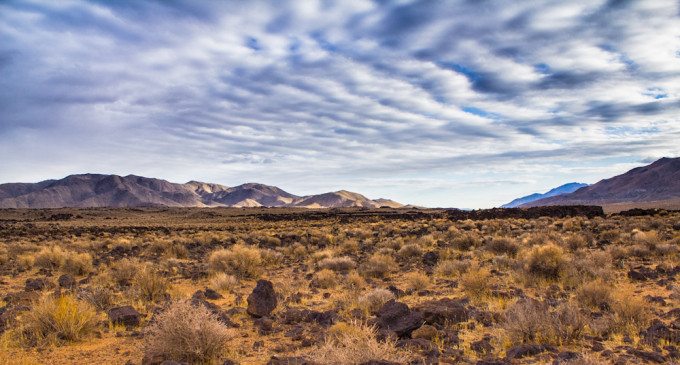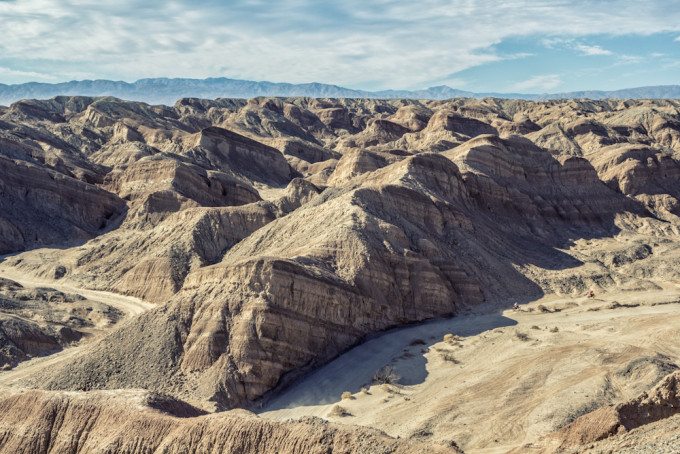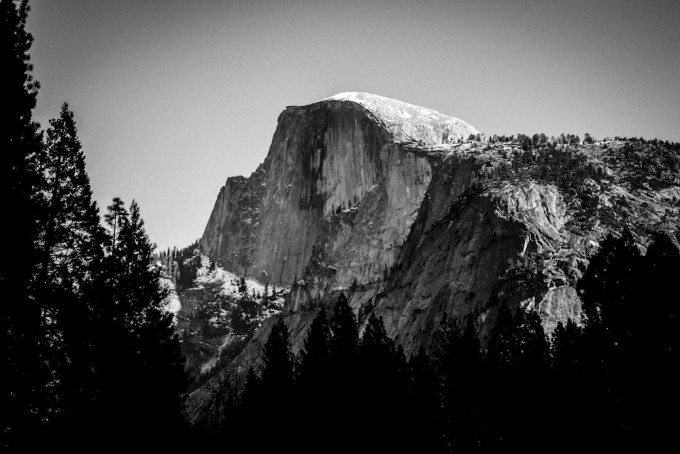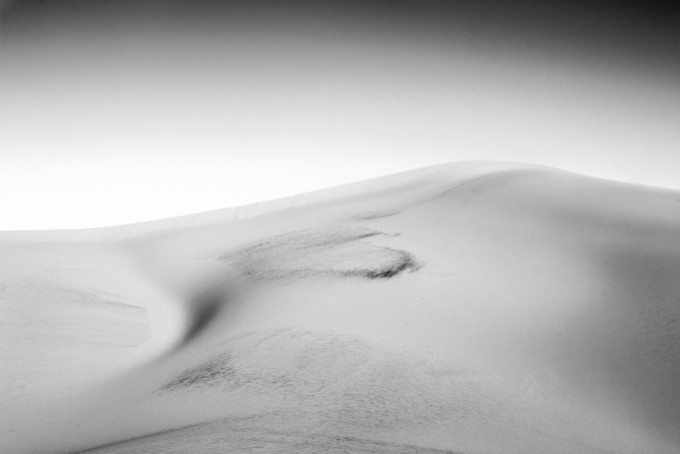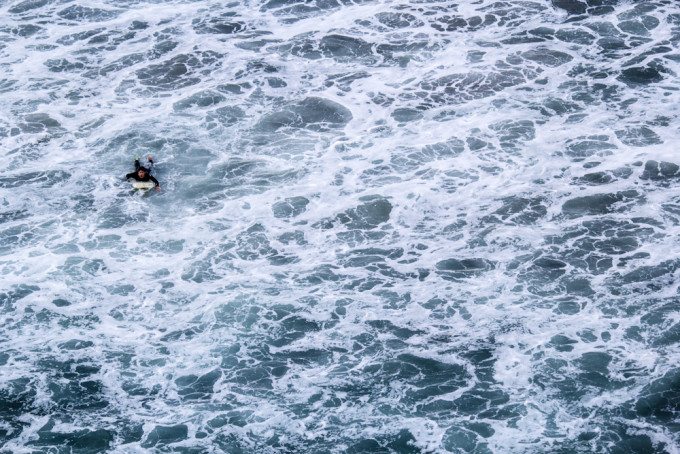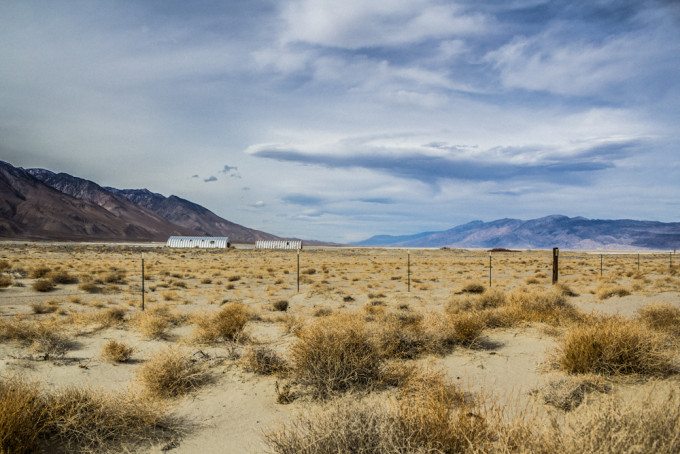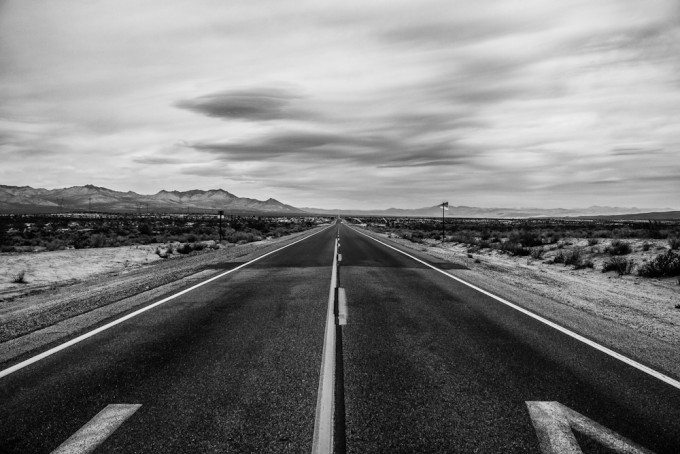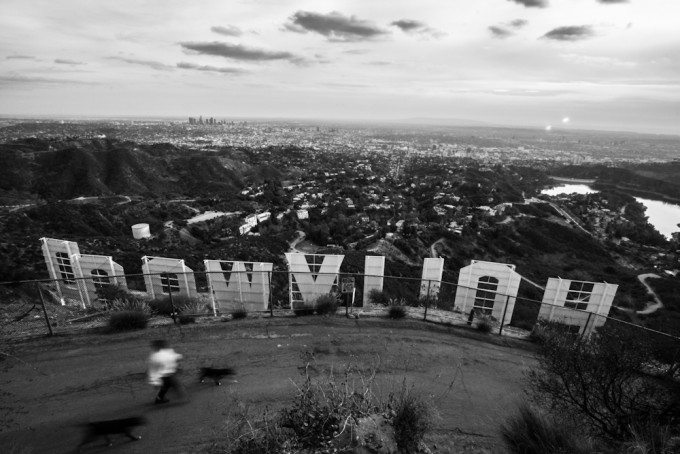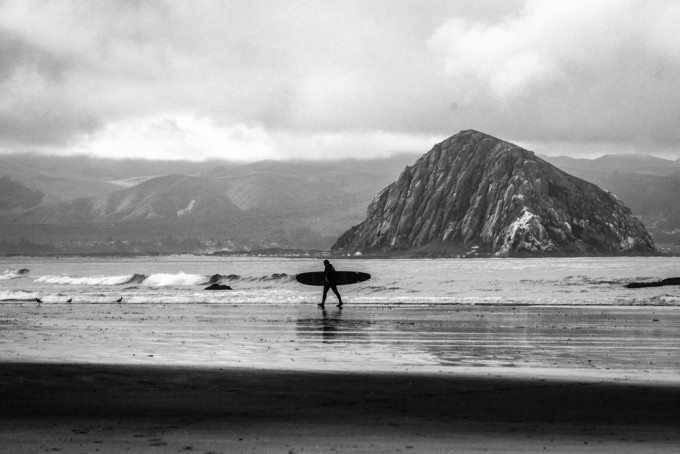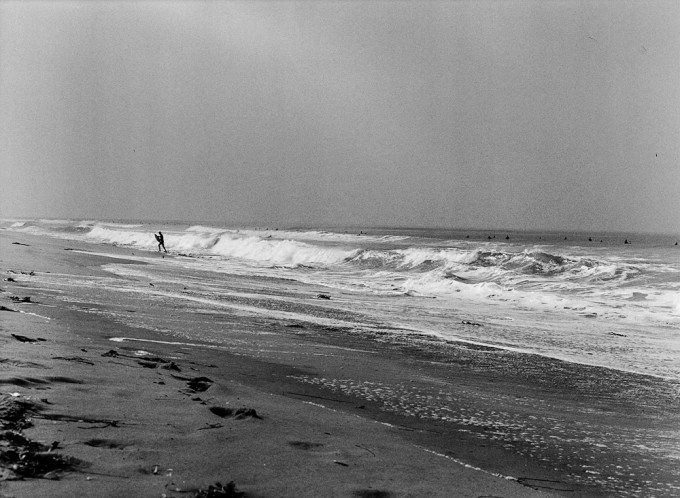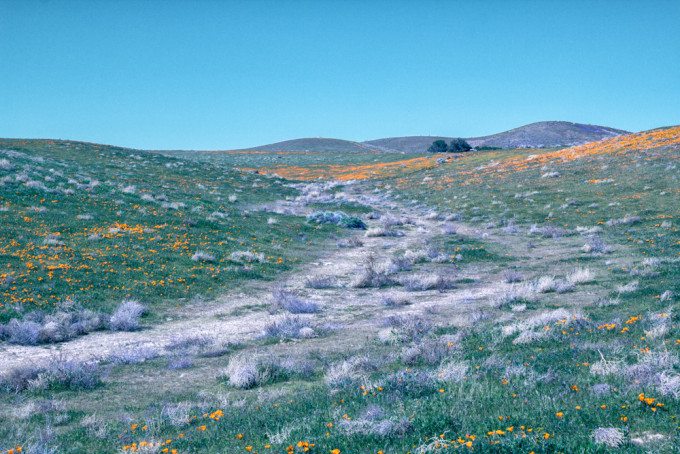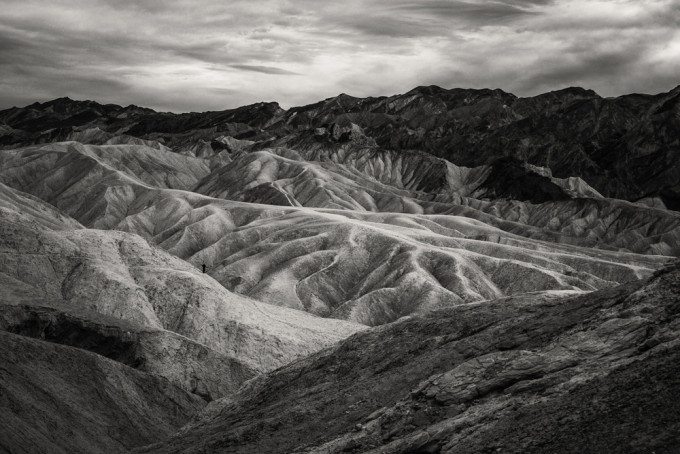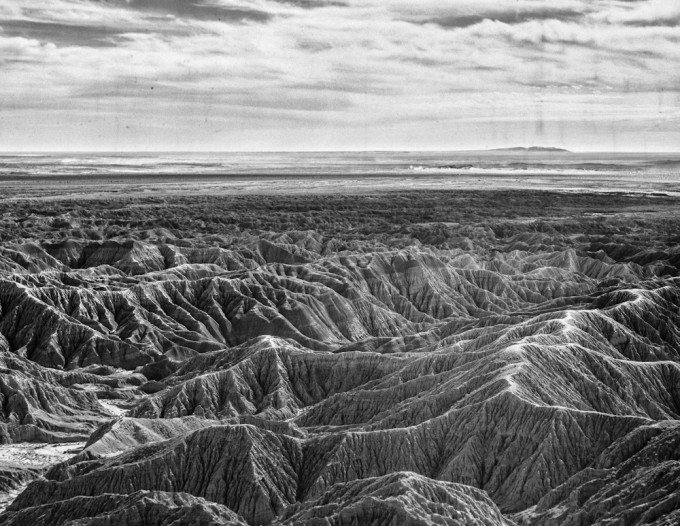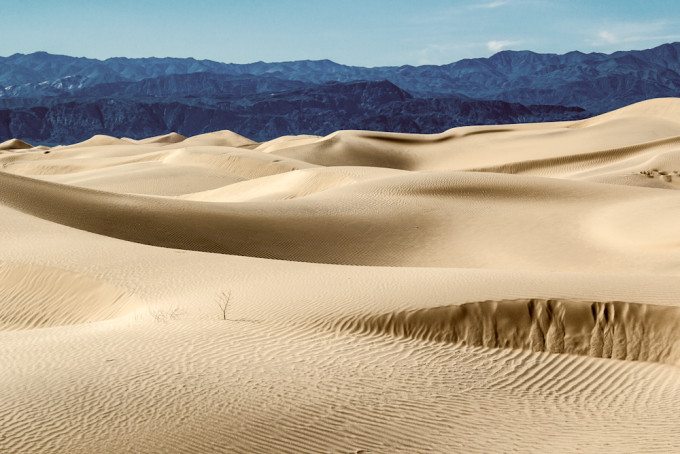Last Updated on 04/23/2015 by Chris Gampat
All images by Garrett Graham. Used with permission.
Photographer Garrett Graham grew up in Fresno, California and moved to Los Angeles looking for a little adventure. What he found was photography.
“I started taking pictures as a way to explore my new home and from that it’s taken me all over the world.” says Garrett. “I believe in the mantra, ‘If you want to be a better photographer, stand in front of better stuff.’ So I spend my days looking for the best stuff.” Being younger, he didn’t have to spend hours and hours looking for solid locations. Instead, he used Google to find them and instead of spending countless hours scouring for good locations, he spent more time shooting and honing his craft.
Phoblographer: What got you into photography?
Garrett: What got me into photography was moving to LA from Fresno, CA. I wanted a cheap way to explore my new city. I had a 35mm ProMaster camera from high school that I loaded up with film and I jumped on yelp and Google earth searching for cool stuff to shoot. After trying out some night photography around the city I was hooked. Seven years later I’m still finding new and interesting places to shoot in Southern California.
Phoblographer: How did you know that you wanted to shoot landscapes?
Garret: Along with photography, I also started hiking and once I got my first landscape negatives back and I saw the silhouettes and shapes of the land, I knew that’s what I wanted to focus on. I love being outside and want to capture what I’m seeing.
Phoblographer: Many photographers only want to shoot during the golden hour, but you’ve got images that are done at all times of the day. What rules have you developed to create better exposures with varying light qualities?
Garrett: Golden hour is great, but it’s my job as the photographer to come away with a good image regardless of what time it is. The main thing I look for are lines and open space. It doesn’t matter if it’s a mountain or a group of surfers. I try to find the lines that will look pleasing in a picture. If it’s noon or 9pm there are always lines and shapes to be found. Sometimes I’ll have a shot in mind and when I get to the location, what I had pictured is just not possible. So I have to change things up a bit and if I had wanted a grand vista shot with a lot of detail, I might have to shoot a silhouette. I just rely on my skill and roll with the punches.
Phoblographer: Talk to us about the gear that you use.
Garrett: Right now have a 60D. I like this camera and it has been my go-to for a while. Lenses are the kit 18-55mm, 50mm 1.4f and a 55-250mm. My favorite lens, which I don’t own is the 10-22mm. I’ve been shooting mostly film for the past month or so on my Toyo-View 45CX 4×5 View Camera. It’s a beast. I love slowing things down and taking shots in the desert with this camera. I have a Bronica ETRS medium format, which is in the shop right now and I’m getting in the water and shooting surfers with my Nikonos V. I just have a cheap Targus tripod and a Lowepro Flipside as my main bag. The other things I don’t leave home without are my Intervalometer and a .9 ND.
Phoblographer: How do you feel shooting large format helps you take better images?
Garret: Shooting large format really puts the brakes on things, and that’s good. It takes minutes not seconds to take a single shot, so it really forces you to evaluate whether or not you want to take “That” picture. That’s probably the most important thing I’ve learned. With my 4×5 I get 6 shots not 200 so I need to be selective. I think that keeps me from just wasting shots with my other cameras.
Phoblographer: What compositional strategies do you follow when shooting landscapes? Every photographer seems to do a couple of them instinctually.
Garrett: I’m always aware of the rule of thirds and that’s usually my first stop when I’m trying out compositions. I’ll also try centering objects if there’s a level of symmetry.
Phoblographer: How do you prep for going on landscape shoots and scouting out locations for you to shoot?
Garrett: I was born too late to discover any of the locations I shoot, but I’m just in time for Google. The Internet is my friend, Google maps for the closest place to park, Google earth to find interesting rock formations, top 10 lists and message boards for off the beaten path locations. Usually during the week I’ll virtually scout and decide what shots I want to get on which cameras. Then come Saturday, I’m out the door. There are apps and websites that can help any photographer; you just need to find them.
Phoblographer: Lots of landscape photography comes out in the post-production. Personally, what do you feel makes for a great landscape image that captivates a viewer?
Garrett: What I think makes a captivating image is drama. Whether it be from the light or the “action” in your shot, there needs to be drama. I spend a good amount of time carefully tweaking images to get them to their full potential. Post-production is equally as important as taking the shot, you can make or break an image with either.


